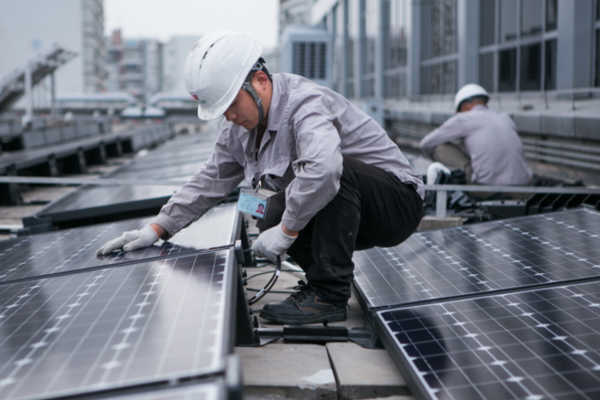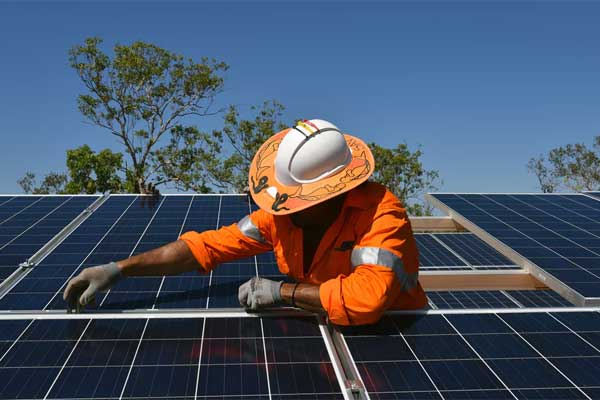SÃO PAULO, BRAZIL | March 30, 2015 — To relieve the pressure on hydroelectric plants, which today supplys more than seventy percent of Brazil’s electricity, the country’s government is testing a pilot project where solar energy will be used in hydroelectric reservoirs.
The pilot project is expected to start within the next 120 days, according to the Ministry of Mines and Energy.
“We are adding technological innovation, more transmission lines, diversifying our energy generation source, introducing solar energy in a more vigorous manner and combining solar energy with hydroelectric energy,” Mines and Energy Minister, Eduardo Braga said to reporters after the press conference announcement in Rio de Janeiro on Friday, March 27th.
“We are preparing ourselves to win the challenge in 2015 and be able to deliver a model and a electric system starting in 2016 which will be cheaper, more secure and with greater technological innovation,” he continued.
According to the government official the new technology uses floating solar panels, similar to those already adopted in the United States and Europe. The Balbina Hydroelectric Reservoir in the state of Amazonas will be the first reservoir tested with the floating solar panels.
Braga stated that although the cost of energy with the solar panels will be higher than today’s energy with hydroelectric plants, he believes that there will be gains in efficiency and an alternative energy source in the Southeastern region. He added that the energy would be captured within the reservoirs, using already existing transmission lines.
Hydroelectric plants make up more than seventy percent of Brazil’s energy matrix, followed by natural gas and biomass. According to a study conducted by the Federation of Industries of the state of Rio de Janeiro (FIRJAN) Brazil today occupies first place in the ranking of countries with the most expensive energy costs for industry.
















Comments